This weekend, boaters in southern Ontario, Canada were rattled by two fatal boating collisions. In both incidents, there were boats involved that were not displaying their night-time navigation lights, making them, essentially, invisible on the water.
The Dangers of Night-time Navigation
It’s vitally important for boaters to keep in mind the dangers of night-time navigation. Waterways aren’t like streets or highways, with their fluorescent reflective signage and designated laneways lit by powerful street lights. They’re dark, unlit, and littered with ever-changing hazards, including other boats and waterway traffic that may cross your path.
Operating your boat at night without any navigation lights is comparable to being a black cat crossing a country road in the middle of the night. You will be completely invisible.
So if you’re operating at night always be sure to turn on your nav lights, and operate at a reasonable speed for the conditions and time of day. Because, even if you remembered to turn on your lights, it doesn’t mean that other waterway users did the same.
Boat navigation lights aren’t complicated, you just have to remember a few key points so that you’ll know how to react on the water when you encounter another boat at night.
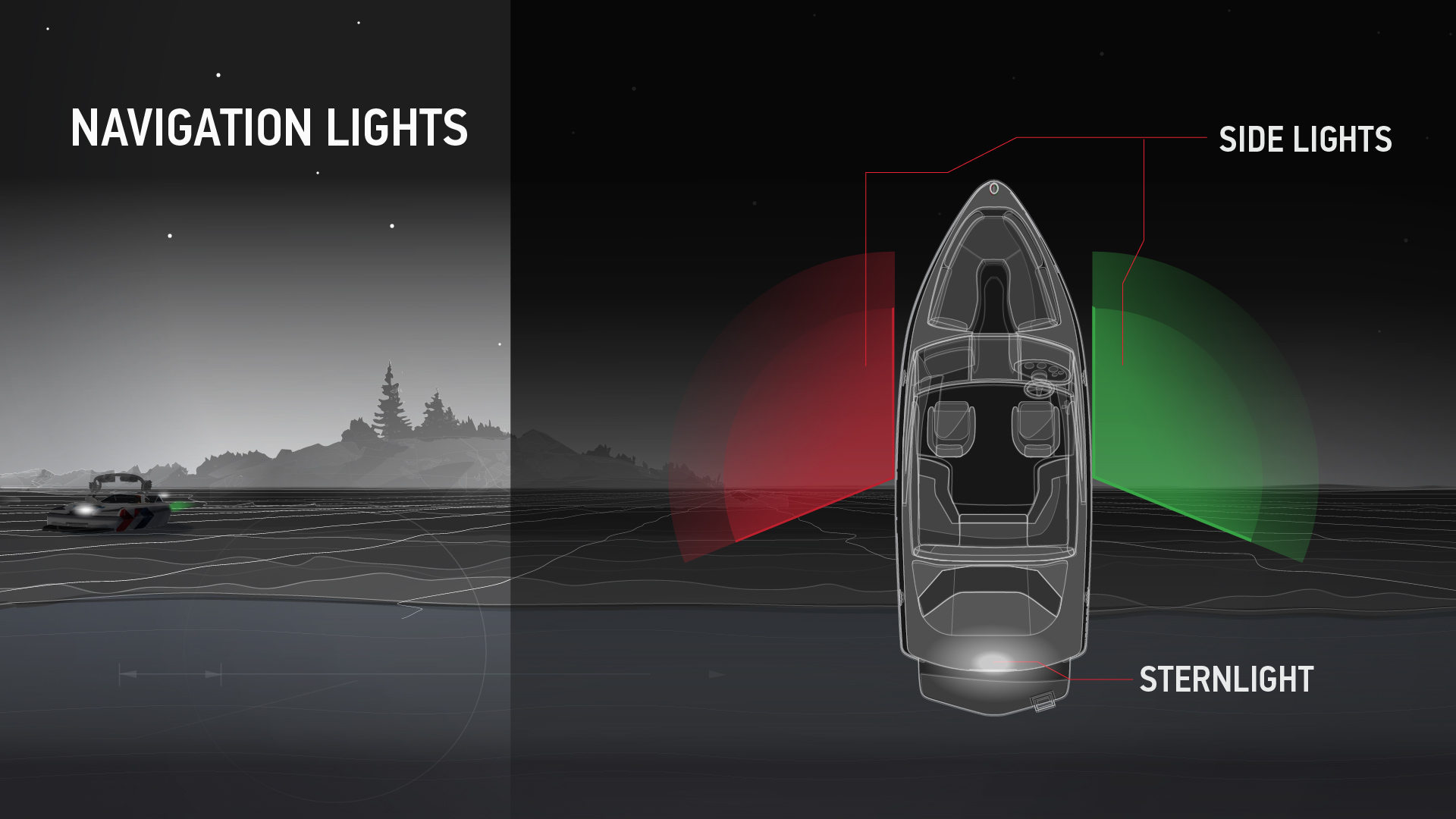
Boats are equipped with the following main navigation lights:
Just like when you’re operating a car, green means go. If you see a green light at night, you have the right of way. But proceed with caution and be sure that the other boat is yielding before you continue on your course.
Port Side Lights: These lights are red in colour, and indicate that you’re approaching the port (left) side of another boat.
Again, just like when you’re driving a car, red means stop. If you see a boat’s red port light you do not have the right-of-way and you’ll need to yield to the other boat. Typically boats who do not have the right-of-way should alter their course to starboard (right) if a safe route exists.
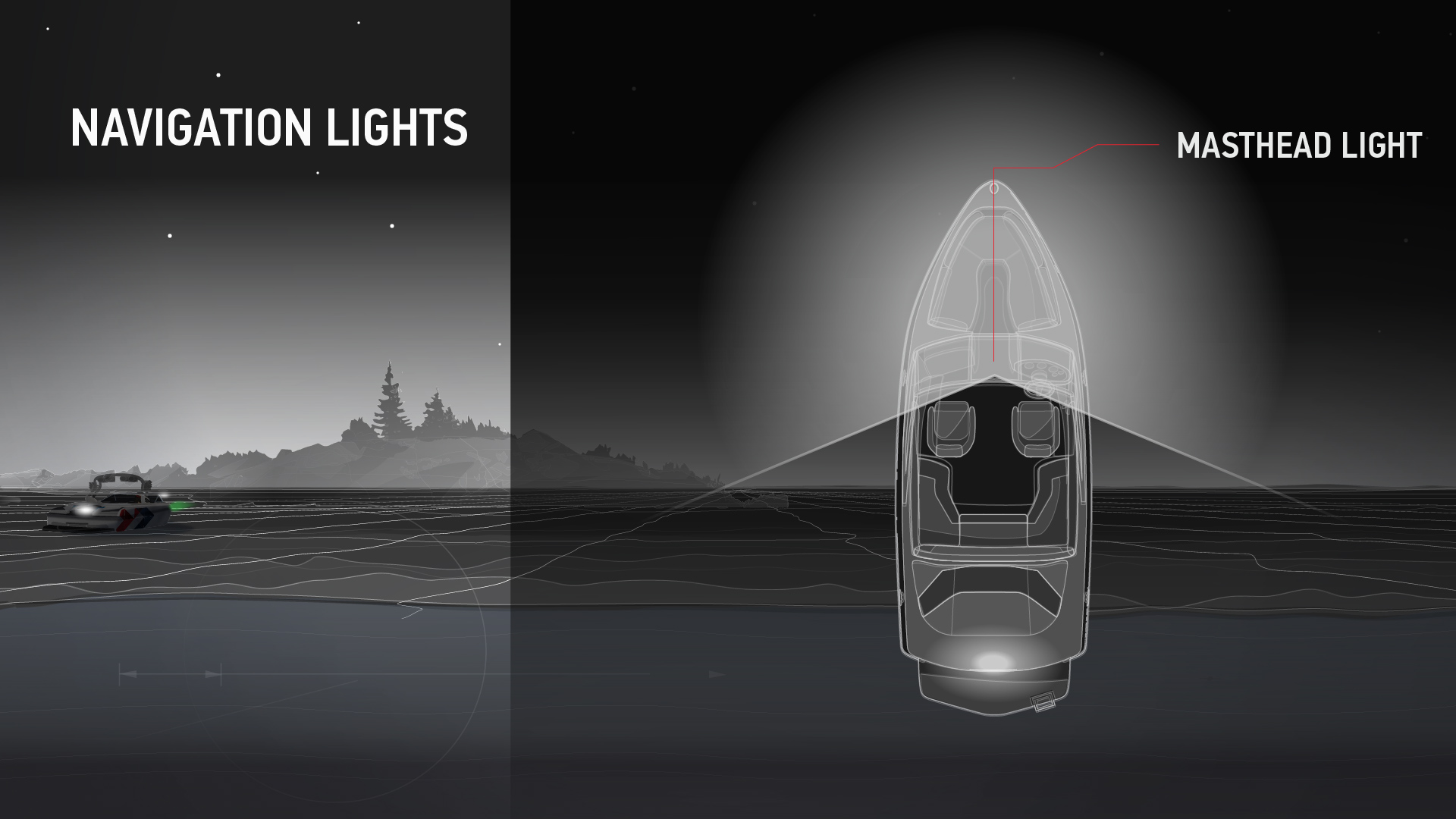
White Lights:
Masthead Lights: These are bright white lights affixed to a boats mast (or as close to that area as possible)
Stern Lights: These are also white lights affixed to the stern of the boat.
Human-powered boats: Human powered boats won’t be equipped with the same coloured-port and starboard side lights as powered boats, making them harder to see. They are, however, required to display a white light that is visible from all sides.
What Do I Do if I See a White Light at Night?
This one is easy. If you see a boat displaying a white light you do not have the right of way. A white light indicates one of the following:
- You’re approaching a boat head-on
- You’re approaching a boat from behind
- You’re approaching a human-powered boat (like a canoe or kayak)
You MUST slow down, and alter your course to give the other boat the right of way in ALL of the above scenarios. Ideally you slow down to a no-wake speed, and alter your course to the starboard side if a safe route exists.
So overall, if you’re boating at night, turn on your navigation lights and remember the following:
Green = Go (proceed with caution)
Red = Stop (slow down and yield the right of way)
White = Stop (slow down and yield the right of way)
Be safe out there boaters!
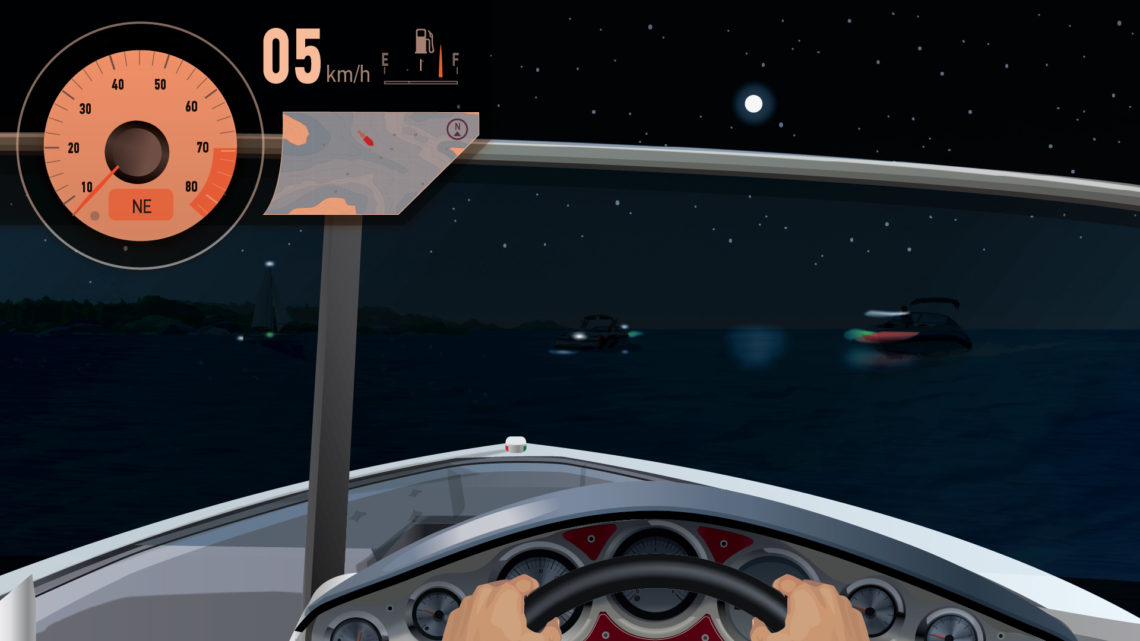
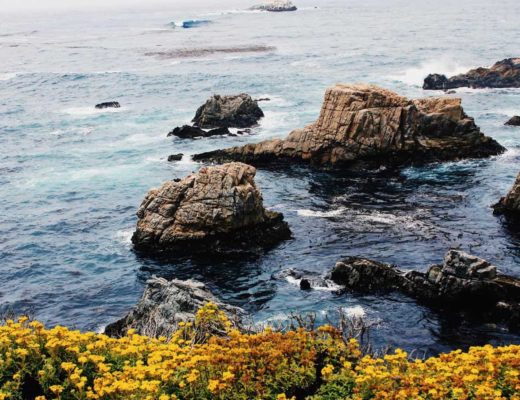
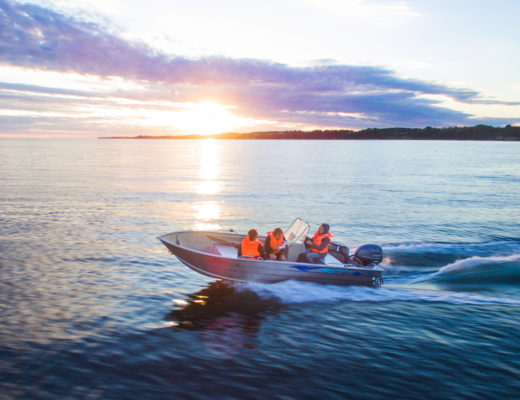

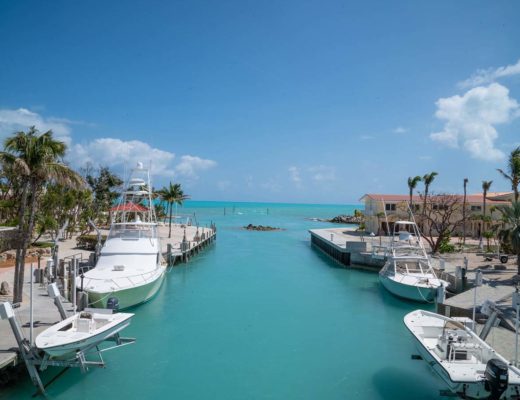

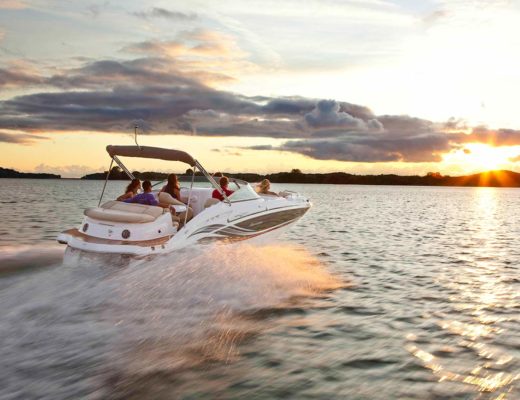
There are 109 comments
Pingback:how to get priligy cheap
Pingback:proventil hfa 90 mcg inhaler
Pingback:latest hydroxychloroquine study
Pingback:hydroxychloroquine tablets 200 mg
Pingback:hydroxychloroquine antiviral
Pingback:can you eat fruit on a keto diet
Pingback:ivermectil dosage
Pingback:dapoxetine drug
Pingback:buy stromectol online without prescription
Pingback:stromectol for std
Pingback:plaquenil e coli
Pingback:deltasone is for
Pingback:ivermectin classification
Pingback:ivermectin prescription
Pingback:ivermectin for psoriasis
Pingback:stromectol on birth control
Pingback:plaquenil for malaria prophylaxis
Pingback:will ivermectin kill scabies
Pingback:how long does ivermectin kill scabies
Pingback:does ivermectin kill lice
Pingback:ivermectin 6mg
Pingback:viagra 50mg
Pingback:sildenafil citrate
Pingback:mexican pharmacies online
Pingback:cheapest tadalafil no prescription
Pingback:plaquenil for sale online
Pingback:sildenafil over the counter usa
Pingback:stromectol for sale on amazon
Pingback:tadalafil india generic
Pingback:sildenafil over the counter nz
Pingback:online ivermectin
Pingback:Anonymous
Pingback:Anonymous
Pingback:Anonymous
Pingback:purchase ivermectin
Pingback:ivermectin 50 mg
Pingback:ivermectin 10 mg
Pingback:cialis with prescription online
Pingback:cheapest price for generic viagra
Pingback:iver mectin
Pingback:cialis super active
Pingback:tadalafil online
Pingback:buy online
Pingback:where to purchase sildenafil pills
Pingback:buy online
Pingback:tadalafil without prescription canada
Pingback:ivermectin for gapeworm
Pingback:price of sildenafil tablets
Pingback:sildenafil pills for men
Pingback:cialis tablets
Pingback:cialis tabletas
Pingback:generic cialis daily use
Pingback:tadalafil 80mg online pharmacy no prescription
Pingback:side effects prednisone 20mg tablets
Pingback:prednisone 20mg used for
Pingback:cialis how to get a prescription
Pingback:molunpiravir
Pingback:when will cialis be generic
Pingback:how to get cialis without a prescription
Pingback:super cialis
Pingback:cost of stromectol
Pingback:prednisone
Pingback:cialis professional
Pingback:generic viagra online
Pingback:real money casino no deposit
Pingback:cheap cialis india
Pingback:who makes ivermectin
Pingback:stromectol canada
Pingback:cost of ivermectin
Pingback:casino sites online
Pingback:cialis
Pingback:buy generic cialis online
Pingback:hims sildenafil side effects
Pingback:cialis pills
Pingback:ivermectina pastillas
Pingback:cialis prescription prices
Pingback:how to buy cialis online without prescription
Pingback:ivermectin use in scabies
Pingback:ivermectin cost uk
Pingback:ivermectin bnf
Pingback:ivermectin 6 tablet
Pingback:online cialis us
Pingback:nih ivermectin
Pingback:furosemide 20 mg for sale
Pingback:lasix 620 mg
Pingback:how to get cheap sildenafil online
Pingback:ivermectin nobel prize
Pingback:ivermectin japan
Pingback:ivermectin over the counter uk
Pingback:ivermectin 3 mg
Pingback:ivermectin kaufen schweiz
Pingback:lucky land slots.com
Pingback:ivermectin covid
Pingback:ivermectin withdrawal time
Pingback:ivermectin human dosage
Pingback:generic ivermectin for humans
Pingback:purchase stromectol online
Pingback:ivermectin treatment
Pingback:ivermectin 6mg
Pingback:cialis canada for sale
Pingback:ivermectin syrup
Pingback:ivermectin for sale humans
Pingback:cheap stromectol
Pingback:stromectol price in india
Pingback:stromectol how much it cost
Pingback:2growing
Pingback:forum propecia online
Pingback:propecia online new zealand
Pingback:izmir travesti
Comments are closed.